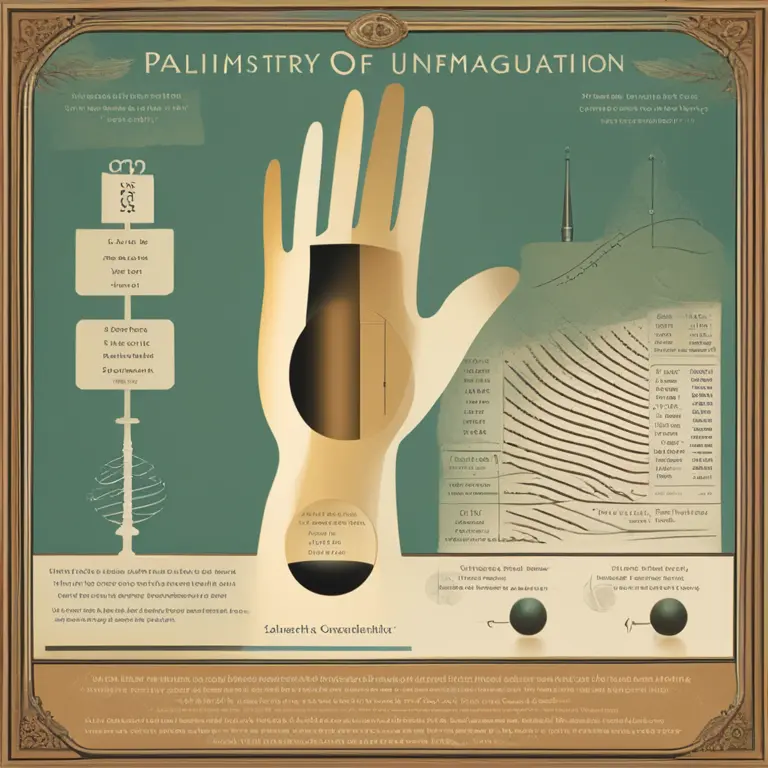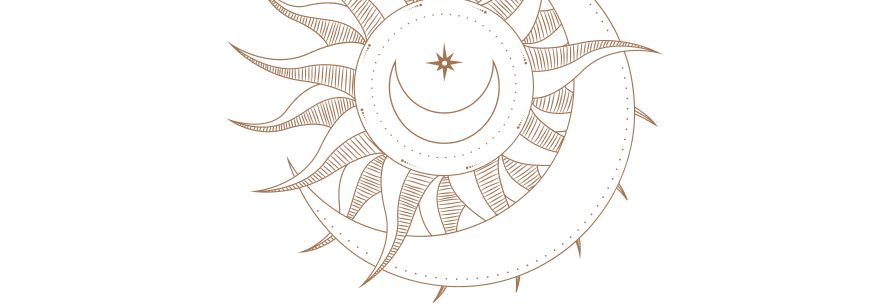
Palmistry & Scientific Inquiry: A Contemporary Perspective
Investigating the relation between palmistry and modern science, this article delves into what links the ancient practice to contemporary scientific understanding.
article by Nora Pennington
Introduction to Palmistry's Scientific Standing
Palmistry, also known as chiromancy, is an ancient practice of characterizing an individual's future and personality traits through the study of palms. Traditionally, it relies on the analysis of palm lines, shapes, and sizes, claiming to provide insight into one's life and character. But how does this esoteric field stand in the face of rigorous scientific scrutiny? This question has captivated both skeptics and believers, leading to various debates and examinations of palmistry's validity from a scientific perspective as of 2024.

Historical Skepticism and Modern Curiosity
Throughout history, the scientific community has largely dismissed palmistry as a pseudoscience due to a lack of empirical evidence backing its practices. However, the rise of interest in alternative ways of understanding human psychology and physiology has rekindled a contemporary curiosity about the subject. Advancements in genetics and biometrics have led to a renewed interest in what connections, if any, may exist between the lines on one's hand and personal attributes or potential health indications.
Research on Dermatoglyphics
An area of scientific research that tangentially relates to palmistry is dermatoglyphics, which studies the patterns of ridges on the fingers and the palms. Evidence from research in dermatoglyphics indicates that these patterns are unique to each individual and are influenced by genetic and environmental factors. While dermatoglyphic patterns have been linked to certain genetic abnormalities and diseases, there's yet to be conclusive research connecting these patterns with the broad personality traits or life outcomes suggested by traditional palmistry.
The Placebo Effect and Personal Belief Systems
One aspect where science does intersect with palmistry is in the understanding of the placebo effect and the power of belief. People who believe in the efficacy of palmistry may experience psychological benefits due to their expectations and the placebo effect. This illustrates how personal belief systems can influence an individual's psychological state, albeit not directly validating the practice of palmistry itself.
Objective Analysis Versus Subjective Interpretation
A key scientific criticism of palmistry is its reliance on subjective interpretation, which lacks the reproducibility and objectivity that are hallmarks of scientific method. While two scientists measuring a physical property can expect to obtain the same results under the same conditions, two palm readers may interpret the same palm lines very differently. This inconsistency is a primary reason for the skepticism faced by palmistry in the scientific community.
Looking Towards Future Research
The future of palmistry's relationship with science may hinge on developing more standardized methods of interpretation and measurable outcomes that can be objectively analyzed. Should researchers find a way to consistently link aspects of palm lines with certain traits—using empirical methodologies and statistical analysis—palmistry's scientific validity could be reassessed. Until such evidence is presented, the practice will remain an area of personal belief rather than scientific consensus.
Published: 2/1/2024
Modified: 2/1/2024
More predictions
Come back here soon to learn more about yourself and your future


The Essence of Palmistry: Journey Through Hand Analysis
Grasp the basics of palmistry and learn how to interpret the lines and shapes in your hands for insights into personality and destiny.


Palmistry and the Line of Success: Interpreting Life's Potential
Discover the secrets held within your hands with an in-depth look at the palmistry success line and what it may reveal about your life's potential.


The Palm's Path to Prosperity: Interpreting the Success Line
Uncover the mysteries of the palmistry success line and learn how it may influence your journey towards achieving your goals and aspirations.